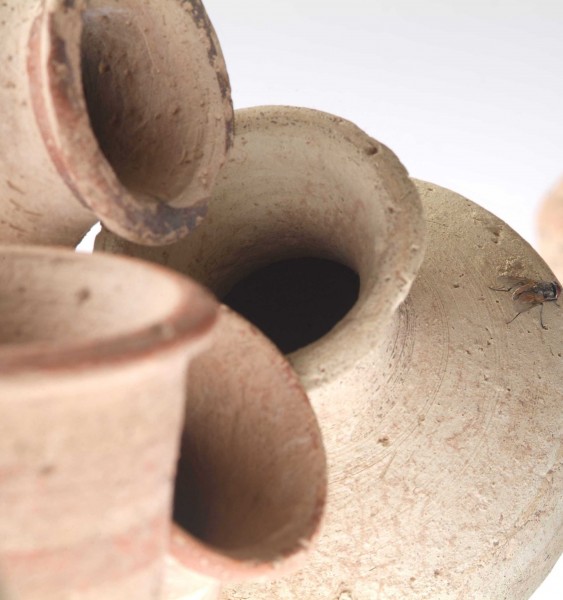
INVENTORY OF GRAVES
| TELL ARBID GRAVES |
The uniqueness of discoveries made on Tell Arbid, known in antiquity as Amaz, lies in the fact that it gives a coherent picture of the relationship between the world of death, everyday life and funeral practices. The image of these relations is clear because the settlement was uncovered in undistorted stratigraphic sequences comprising a period of about 120 years (19th and 18th century BC).
Thanks to these discoveries, we can look at the factual evidence, which confirms burial practices.
First of all, we have here burials from the most humble ones, with a vessel being enough for the coffin, to the magnificent brick tombs of several generations. This confirms the importance that was attached to organizing the last resting place. What’s more, one can see that the place was connected with the family house and the homestead - all the graves were located in the farmyard. This confirms the strong social relationships between the deceased and his living relatives. Secondly, the finds in the graves confirm customs connected with equipping the deceased and the form of the final farewell, that is, of the feast.